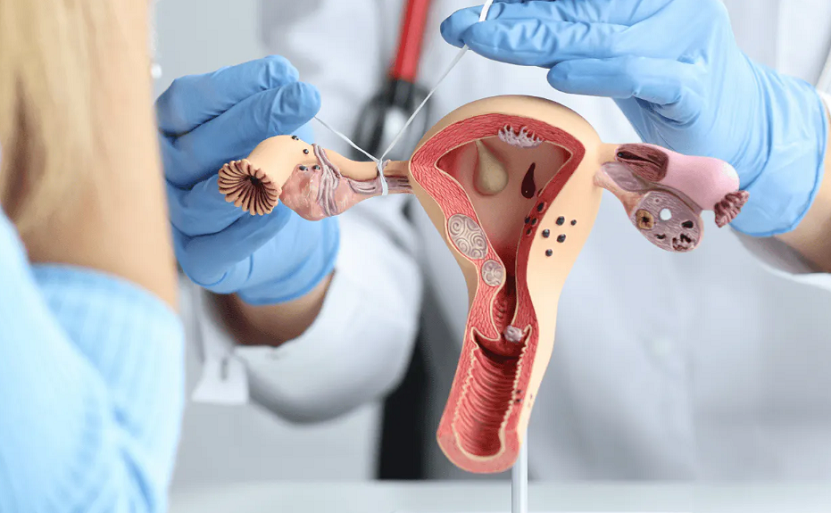
Tubal removal, also known as tubal ligation or sterilization, is a common procedure performed after a cesarean section to prevent future pregnancies. While tubal removal is generally considered safe and effective, it’s essential to be aware of the potential side effects associated with the procedure. Understanding these side effects can help individuals make informed decisions and prepare for post-operative care.
- Pain and Discomfort: Following tubal removal after a C-section, it’s normal to experience pain and discomfort at the incision site and in the abdomen. This discomfort typically resolves within a few days to a week but can be managed with pain medication prescribed by your healthcare provider.
- Bleeding and Spotting: Some individuals may experience vaginal bleeding or spotting after tubal removal, similar to a menstrual period. This is a common side effect and usually resolves within a few days. However, if bleeding is excessive or prolonged, it’s essential to contact your healthcare provider.
- Risk of Infection: Like any surgical procedure, there is a risk of infection associated with tubal removal. It’s crucial to keep the incision site clean and dry to minimize the risk of infection. Additionally, following your healthcare provider’s instructions regarding wound care and hygiene can help prevent complications.
- Changes in Menstrual Cycle: Tubal removal can sometimes affect hormonal balance, leading to changes in the menstrual cycle. Some individuals may experience irregular periods, heavier or lighter bleeding, or changes in cycle length. These changes are usually temporary and resolve within a few months as the body adjusts.
- Emotional Impact: For some individuals, undergoing tubal removal after a C-section can have emotional implications. It’s common to experience feelings of sadness, grief, or anxiety about the decision to undergo sterilization. It’s essential to give yourself time to process these emotions and seek support from loved ones or a mental health professional if needed.
- Potential Surgical Risks: While rare, there are potential surgical risks associated with tubal removal, including injury to surrounding organs, anesthesia complications, or blood clots. Your healthcare provider will discuss these risks with you before the procedure and take steps to minimize them.
In conclusion, tubal removal after a C-section is a significant decision that can have both physical and emotional implications. By understanding the potential side effects and seeking appropriate medical care and support, individuals can navigate the post-operative period with confidence and peace of mind. If you have any concerns or questions about tubal removal, don’t hesitate to discuss them with your healthcare provider.
